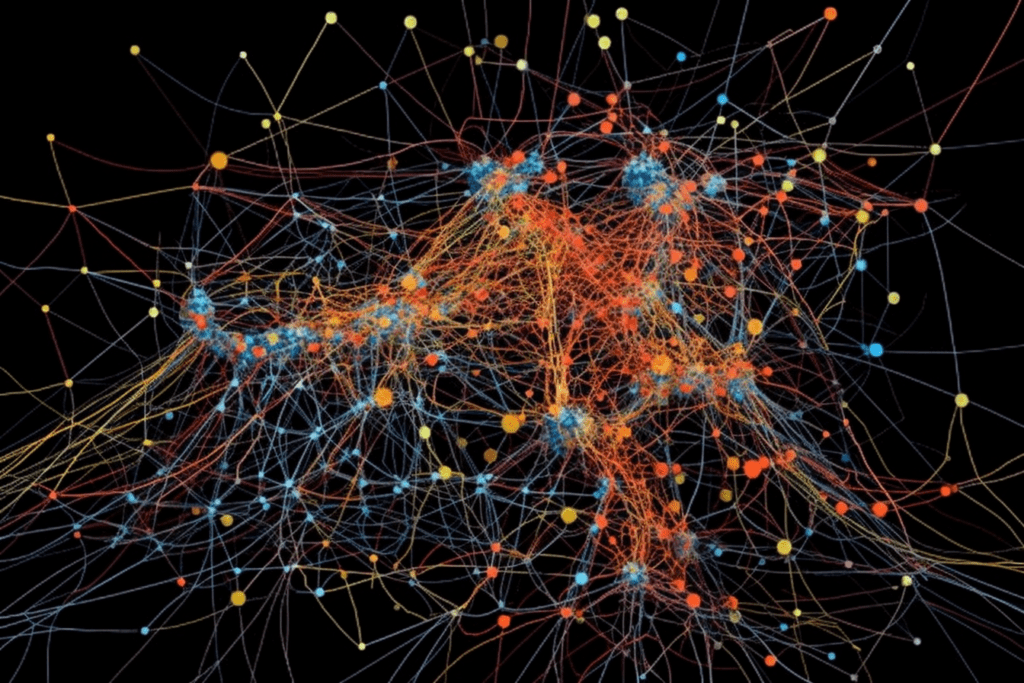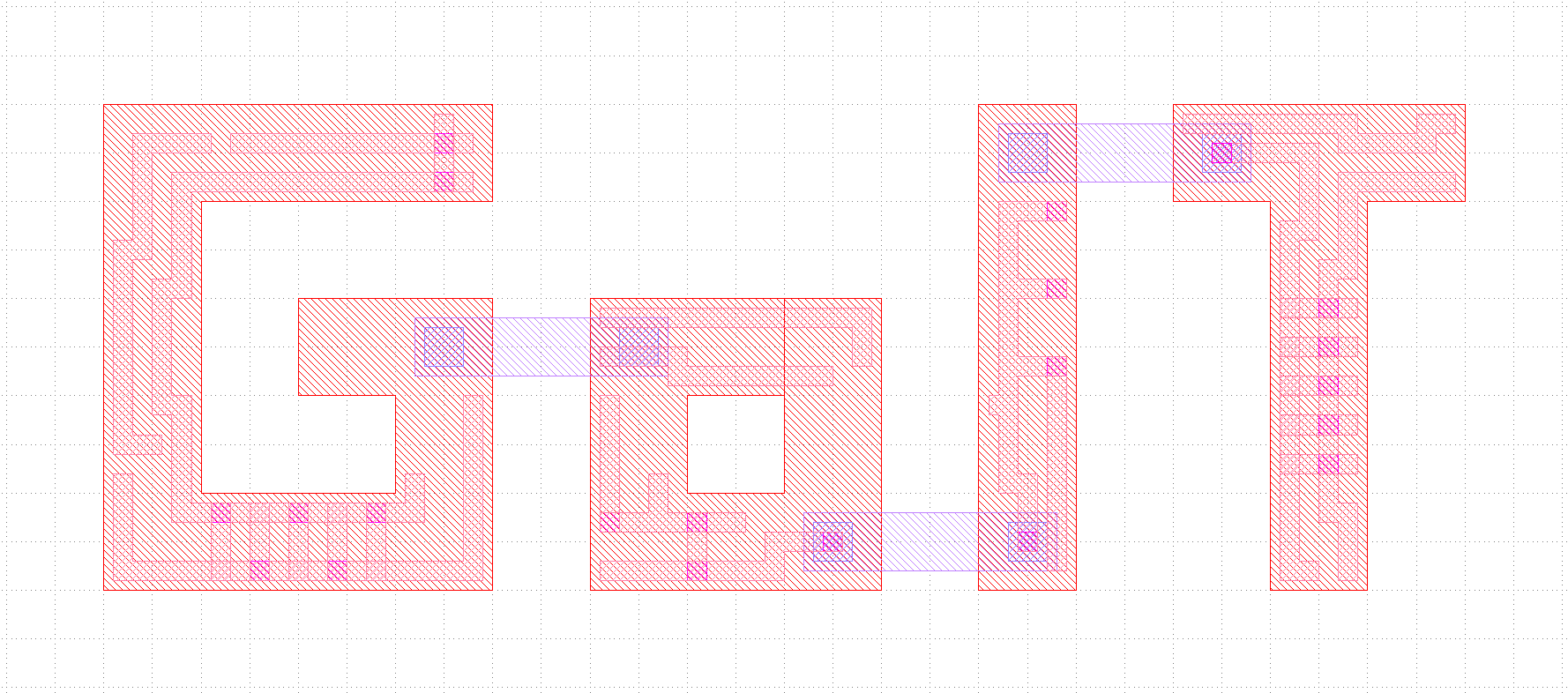We are going to star a series of publications, in wich we will enter in the world of the Large Language Models (LLM), and their impact on artificial intelligenc (AI), the communication and other means. This will be the first intallment marking the beginning of our exploration, giving a general vision of LLM, and establish the bases for understanding its evolution and influence in diferents fields. Along the next intallment, we will delve deeper into specifics aspects of LLM, from its internal working to its most innovative applications and practical real world applications.
INTRODUCING TO THE LARGE LANGUAGE MODELS:
BOOSTING THE REVOLUTION OF THE ARTIFICIAL INTELLIGENCE
In the constant finding of create a artifical engine capevol of comprend and generate natural lenguage, has come to the development of a revolutionary milestone: Large Language Modeling (LLM). This breakthrough, has shaken the foundations of computer science and artificial intelligence,leading to unprecedented innovations in fields as diverse as machine translation, text generation and search engine optimization (SEO).

Large language models
In first place, What is a Large Language Model? Large Language Models, or LLM, is a class of artificial intelligence models designed to understand and generate natural language with an unprecedented level of sophistication and accuracy. Unlike previous language models, which often faced limitations in terms of scalability and contextual understanding, LLM has not only managed to overcome these barriers but has surpassed them at a level far beyond what was expected, by leveraging large datasets and advanced machine learning techniques, especially deep learning.
The development of LLM marks a significant evolution in the history of artificial intelligence. While early language models, such as the Generative Pre-trained Transformer (BERT) and GPT (Generative Pre-trained Transformer) Language Model, laid the foundation for natural language understanding through unsupervised learning techniques, LLM takes this capability to new heights. It emerged in response to the growing demand for larger and more complex language models, capable of capturing the richness and subtlety of human language more accurately.
One of the fields where the impact of LLM is most notable is in search engine optimization (SEO). Search engines, such as Google, use sophisticated algorithms to rank and display relevant results for user queries. With the introduction of LLM, these algorithms have evolved significantly to better understand the context and intent behind search queries. LLM has enabled search engines to understand web content in a more human-like way by identifying the semantics and context behind search queries. This means that SEO-optimized content must now focus not only on specific keywords, but also on the quality, relevance and consistency of the text. Content creators must adapt to this new reality, producing content that not only satisfies the technical requirements of SEO, but also resonates with the audience on a deeper level.

In conclusion, Large Language Modeling (LLM) has emerged as a significant milestone in the field of artificial intelligence, transforming the way we interact with natural language. Its impact extends beyond mere text comprehension and generation, reaching even into the world of SEO, where it is redefining the rules of the game. As we continue to explore the capabilities and applications of LLM, it is clear that we are witnessing the emergence of a new era in communication and technology.
Interesting video in english, talks about transcendece of LLM, from IBM
Interesting video in Spanish, talks about the beginnings and the birth of LLM, in collaboration with the UPV


